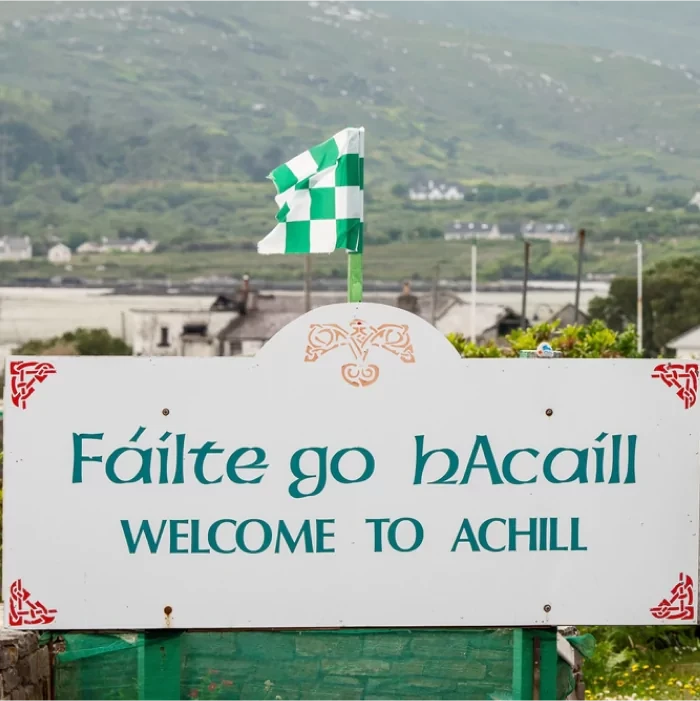Irish Text Files
Home » Case Study » Irish Text Files
Project Overview:
Objective
The “Irish Text Files” initiative aims to compile a comprehensive dataset of Irish texts for use in linguistic research, language modeling, and cultural studies. This dataset will serve as an important resource for understanding the linguistic nuances of the Irish language. Additionally, it will support various applications, such as language translation services, educational tools, and cultural preservation efforts.
Scope
This project aims to gather a diverse collection of Irish texts, ranging from historical manuscripts to contemporary literature and digital sources. Each text is carefully annotated to highlight linguistic features, cultural references, and contextual meanings. By doing so, we aim to provide a comprehensive understanding of the Irish language and its cultural significance.




Sources
- Historical Manuscripts: Acquire and digitize texts from historical documents, preserving the linguistic heritage of the Irish language.
- Contemporary Literature: Include modern literary works to capture the evolving nature of the language.
- Digital Sources: Utilize online repositories and digital libraries to gather diverse text samples.



Data Collection Metrics
- Total Text Files Collected: 35,000
- Historical Manuscripts: 15,000
- Contemporary Literature: 10,000
- Digital Sources: 10,000
Annotation Process
Stages
- Linguistic Analysis: Annotate each text for grammatical, syntactic, and semantic features. Identify key linguistic elements, such as transition words and sentence structures.
- Cultural Contextualization: Tag texts with cultural and historical references to provide deeper insights into Irish heritage. For instance, include references to Irish literature, historical events, and cultural practices to enrich the analysis.
- Metadata Documentation: Record metadata details such as authorship, publication date, and source type. For example, ensure that the author’s name, the date of publication, and whether the source is a book, article, or digital content are documented.
Annotation Metrics
- Texts with Linguistic Annotations: 35,000
- Cultural and Historical Annotations: 35,000
- Metadata Entries: 35,000




Quality Assurance
Stages
Annotation Verification: Make sure to check the annotations thoroughly to ensure they are accurate and relevant. This process should involve language experts and cultural historians.
Data Quality Control: Filter out any texts that are incomplete, hard to read, or not related to the project’s goals.
Data Security and Privacy: Set up strict rules to protect the integrity and confidentiality of the texts, especially those that are sensitive or of historical importance.
QA Metrics
- Annotation Validation Cases: 3,500 (10% of total)
- Data Cleansing: Curate the dataset by removing texts that do not meet quality standards.
Conclusion
The “Irish Text Files” project is a significant effort to preserve and study the Irish language. By collecting and annotating a large number of texts, it provides a valuable resource for linguists, researchers, educators, and anyone interested in Ireland’s rich linguistic heritage. This dataset not only helps in linguistic and cultural studies but also supports the development of language technologies tailored to the Irish language, promoting its use and appreciation in the digital age.

Quality Data Creation

Guaranteed TAT

ISO 9001:2015, ISO/IEC 27001:2013 Certified

HIPAA Compliance

GDPR Compliance

Compliance and Security
Let's Discuss your Data collection Requirement With Us
To get a detailed estimation of requirements please reach us.
